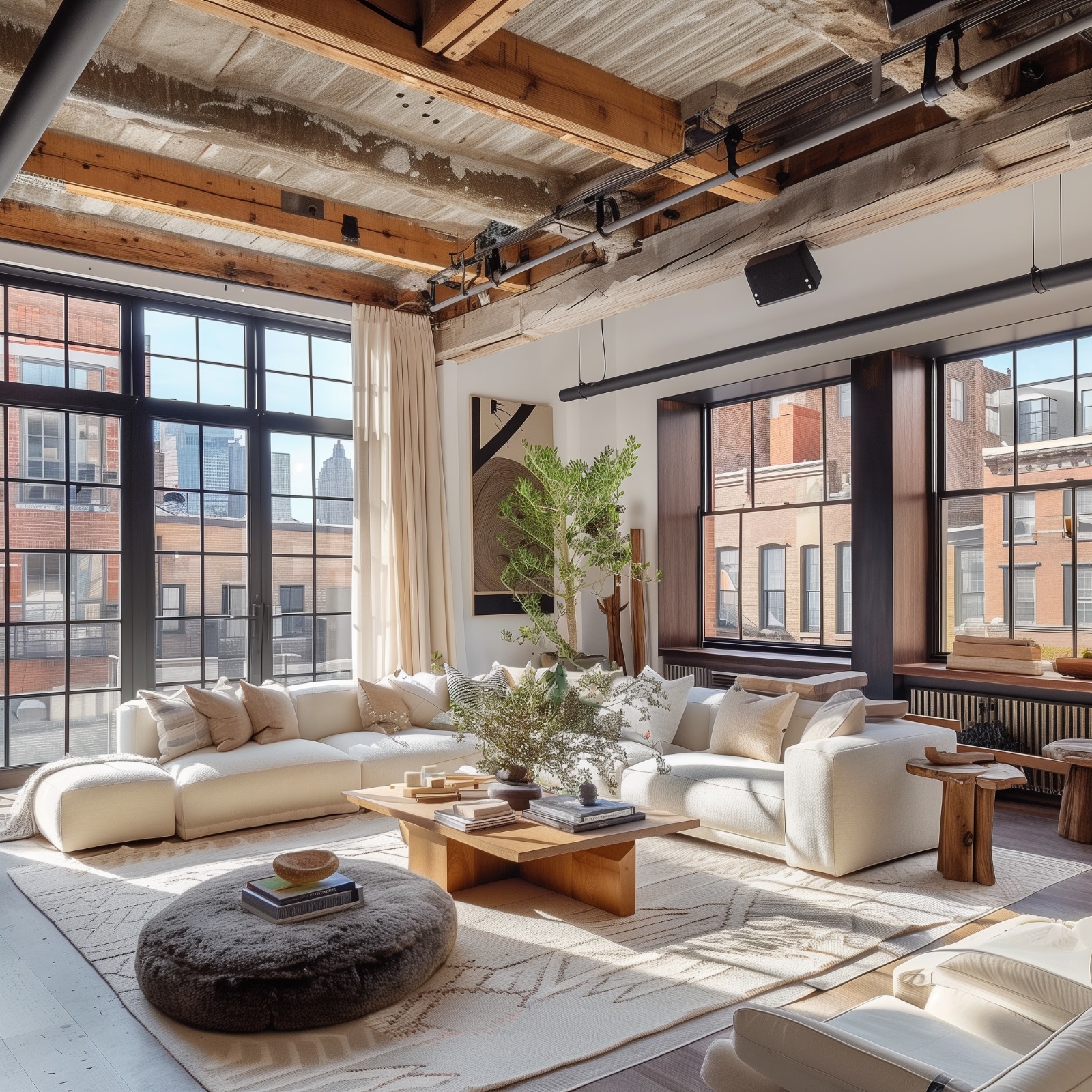Interior design is not just about selecting furniture and decorating spaces. It is a creative process that brings together aesthetics, functionality, and innovation. And in recent years, the industry has seen a positive shift towards embracing diversity and inclusivity. In this article, we will explore how interior design’s role models are leading the way in empowering diversity and why their influence is vital for the future of the profession.
Mentorship and Empowerment: Lifting as We Climb in the Design World
One of the key factors in empowering diversity within the interior design community is mentorship. Mentorship not only provides guidance and support to emerging designers but also helps in creating a more inclusive and welcoming industry culture. This is an opportunity for seasoned professionals to share their experiences, offer advice, and provide a helping hand to aspiring designers from underrepresented backgrounds.
Imagine a world where every aspiring designer has a mentor who understands their struggles and can guide them through the journey. We would have a workforce filled with talented individuals from diverse backgrounds, bringing unique perspectives and ideas to the table. It’s like having a diverse team of superheroes, ready to conquer the design world!
Furthermore, mentorship in the design world goes beyond just professional development. It also fosters a sense of community and belonging among designers. By connecting with a mentor, designers can build lasting relationships, access valuable networks, and feel supported in their career growth. This sense of camaraderie and support can make a significant difference in the confidence and success of emerging designers.
The Power of Representation: How Role Models Are Changing the Game
Representation matters. When individuals see someone who looks like them succeeding in a particular field, it inspires them to believe that they can achieve greatness too. In interior design, role models play a crucial role in breaking barriers and challenging stereotypes.
These trailblazers are showcasing their talent and proving that creativity knows no bounds. From architects, designers, and artists, to entrepreneurs and industry leaders, they are paving the way for a more inclusive and diverse future in interior design. They are showing the world that beauty comes in all shapes, sizes, and colours, and that there is no one-size-fits-all when it comes to design.
By celebrating the achievements of these role models, we not only encourage diversity but also inspire others to embrace their uniqueness, fostering a more accepting and inclusive design community.
One key aspect of the impact of role models in interior design is the way they challenge traditional norms and push the boundaries of creativity. By daring to think outside the box, these influencers are reshaping the industry and encouraging a more experimental approach to design. Their innovative ideas and unconventional methods are revolutionising the way spaces are conceptualised and decorated, setting new standards for future generations.
Furthermore, the presence of diverse role models in interior design not only promotes inclusivity but also enhances the overall quality of work produced within the field. Different perspectives and experiences bring richness to design projects, resulting in more dynamic and culturally relevant spaces. This diversity of thought not only benefits the designers themselves but also creates a more engaging and captivating experience for those who interact with the spaces they create.
Fostering Innovation: The Connection Between Diversity and Creative Design Solutions
Diversity fuels innovation. When you bring together individuals from different backgrounds, experiences, and perspectives, you create a melting pot of ideas and creativity. This diversity of thought leads to more innovative design solutions, pushing the boundaries of what’s possible in the industry.
Think about it – if everyone in the interior design field had the same background and approached problems the same way, we would be stuck in a never-ending cycle of dull and repetitive designs. But thanks to the influence of role models who celebrate diversity, we are witnessing a wave of fresh ideas and unconventional approaches that are transforming spaces into visual masterpieces.
Furthermore, embracing diversity in design not only leads to more visually appealing outcomes but also fosters a sense of inclusivity and representation. By incorporating a wide range of cultural influences, design elements, and perspectives, designers can create spaces that resonate with a diverse audience, making them feel seen and understood.
Imagine walking into a room that reflects elements of your own heritage or experiences – the sense of connection and belonging that arises from such thoughtful design choices is immeasurable. It is through this celebration of diversity that design truly becomes a powerful tool for storytelling and cultural exchange, transcending mere aesthetics to evoke emotions and memories.
Inspiring people to innovate not emulate
It’s easy to fall into the trap of imitating what has already been done. But true innovation comes from embracing our unique backgrounds, experiences, and perspectives. Interior design’s role models are not just inspiring us to follow in their footsteps; they are encouraging us to find our own path and unleash our creative potential.
So, if you’re an aspiring designer, don’t just look up to your role models – be inspired by them. Use their success stories as a catalyst for your own imagination. Dare to be different, break the rules, and create designs that truly reflect who you are. Because it’s through our diversity that we will continue to push the boundaries of interior design and pave the way for a more inclusive and empowering future.
When we delve into the world of interior design, we find a rich tapestry of styles, influences, and cultural nuances that shape the way we perceive and interact with the spaces around us. From the opulent grandeur of Baroque design to the sleek minimalism of Scandinavian interiors, each movement tells a story of its own, reflecting the values and aesthetics of its time.
As we navigate through this diverse landscape, it becomes evident that the true essence of design lies in the ability to blend tradition with innovation, heritage with modernity. By drawing inspiration from the past while embracing the possibilities of the future, designers can create spaces that not only captivate the eye but also stir the soul.

